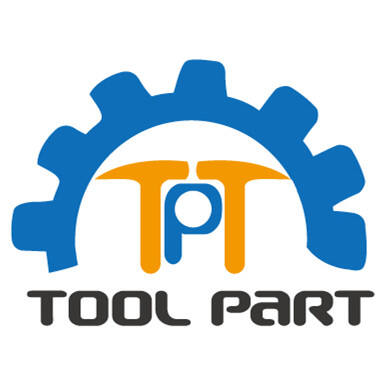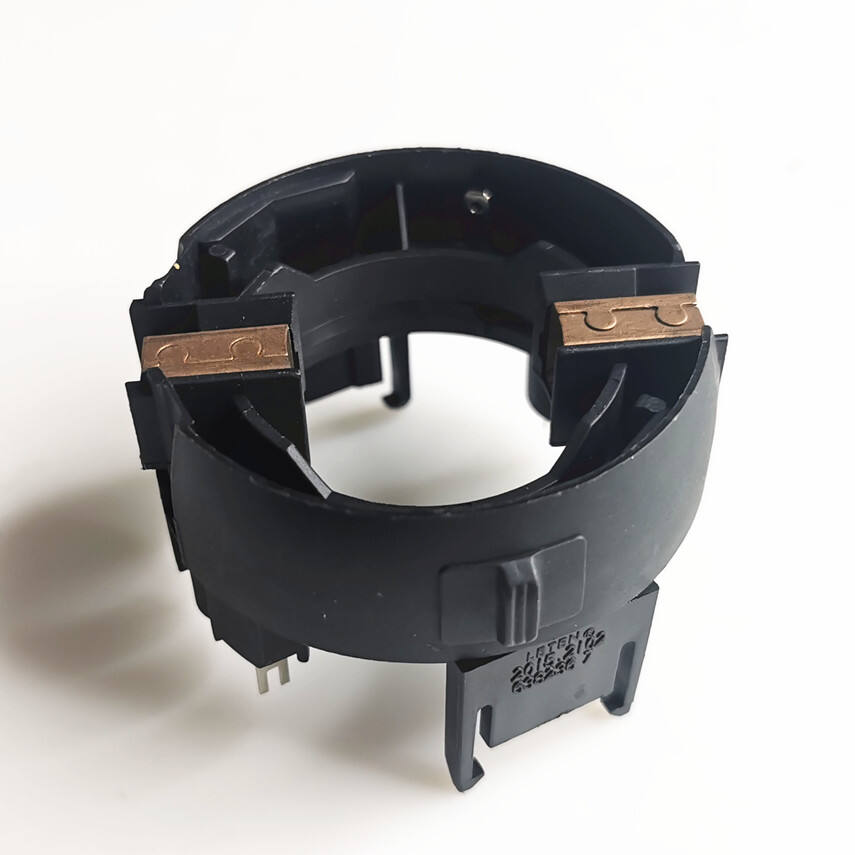Understanding the Critical Role of Carbon Brush Holders in Modern Machinery
In the ever-evolving landscape of industrial machinery and electrical equipment, the carbon brush holder plays an indispensable role in ensuring optimal performance and longevity of electric motors and generators. As we approach 2025, selecting the right carbon brush holder has become increasingly crucial for maintaining operational efficiency and preventing costly downtime. This comprehensive guide will walk you through the essential aspects of choosing the perfect carbon brush holder for your specific applications, helping you make an informed decision that will benefit your operations for years to come.
The marketplace offers a wide array of carbon brush holder designs, each engineered to meet specific operational requirements and environmental conditions. Whether you're managing a large industrial facility or maintaining specialized equipment, understanding the nuances of these components will significantly impact your machinery's performance and maintenance costs.
Key Components and Design Features
Material Composition and Durability
The construction material of a carbon brush holder directly influences its performance and lifespan. Modern holders are typically manufactured using high-grade brass, phosphor bronze, or stainless steel, each offering distinct advantages. Brass holders provide excellent conductivity and corrosion resistance, while stainless steel variants offer superior strength in harsh environments. The choice of material should align with your specific operational conditions and performance requirements.
Advanced carbon brush holder designs now incorporate specialized coatings and treatments that enhance durability and reduce friction. These improvements contribute to smoother brush movement and reduced wear, ultimately extending the service life of both the holder and the carbon brush itself.
Spring Mechanism and Pressure Control
The spring mechanism within a carbon brush holder is crucial for maintaining consistent contact pressure between the brush and the commutator or slip ring. Modern holders feature precisely calibrated spring systems that ensure optimal pressure throughout the brush's life. This consistent pressure is essential for preventing arcing, reducing wear, and maintaining stable electrical contact.
Recent innovations in spring design have led to the development of self-adjusting mechanisms that automatically compensate for brush wear, minimizing the need for manual adjustments and reducing maintenance requirements. These advanced features are particularly valuable in applications where continuous operation is critical.
Performance Optimization and Selection Criteria
Environmental Considerations
Operating environment plays a vital role in selecting the appropriate carbon brush holder. Factors such as temperature, humidity, and exposure to contaminants can significantly impact performance and longevity. For high-temperature applications, specialized holders with heat-resistant materials and enhanced cooling features are essential. Similarly, in dusty or corrosive environments, sealed or protected designs help maintain reliable operation.
When evaluating environmental factors, consider both the immediate operating conditions and potential seasonal variations that might affect your equipment. This foresight helps in selecting a carbon brush holder that will perform consistently throughout the year.
Current Capacity and Voltage Requirements
Proper sizing of the carbon brush holder is crucial for optimal electrical performance. The holder must be capable of handling the maximum current load while maintaining proper heat dissipation. Oversized holders may lead to unnecessary costs and space requirements, while undersized ones risk overheating and premature failure.
Modern carbon brush holder designs often incorporate enhanced cooling features and optimized current paths to improve efficiency. These improvements allow for higher current densities while maintaining safe operating temperatures, making them ideal for high-performance applications.
Installation and Maintenance Considerations
Mounting Systems and Accessibility
The ease of installation and maintenance access significantly impacts the total cost of ownership for carbon brush holder systems. Contemporary designs often feature tool-less mounting systems and quick-release mechanisms that simplify brush replacement and routine maintenance. These features are particularly valuable in applications where minimizing downtime is critical.
Consider the physical layout of your equipment and ensure that the selected holder provides adequate access for maintenance personnel. Proper clearance and easy visibility of wear indicators can significantly reduce maintenance time and improve safety.
Monitoring and Preventive Maintenance
Advanced carbon brush holder designs increasingly incorporate monitoring capabilities that help predict maintenance needs and prevent unexpected failures. Features such as wear indicators, temperature sensors, and pressure monitoring systems provide valuable data for maintenance planning.
Regular inspection and maintenance protocols should be established based on the specific requirements of your application. This might include checking spring pressure, cleaning contact surfaces, and monitoring brush wear rates to optimize replacement intervals.
Future Trends and Technological Advances
Smart Integration and Digital Monitoring
The future of carbon brush holder technology is moving towards smart, connected solutions. Integration with industrial IoT systems allows for real-time monitoring of brush wear, temperature, and performance metrics. This data-driven approach enables predictive maintenance strategies and optimized operational efficiency.
Manufacturers are developing innovative sensor technologies and communication protocols specifically designed for carbon brush holder systems. These advancements will continue to enhance monitoring capabilities and maintenance planning in the coming years.
Sustainable Design and Materials
Environmental consciousness is driving the development of more sustainable carbon brush holder solutions. This includes the use of recyclable materials, improved energy efficiency, and designs that minimize waste through extended service life. Manufacturers are also exploring bio-based composites and environmentally friendly coating technologies.
The trend towards sustainability aligns with global initiatives to reduce industrial carbon footprints while maintaining or improving performance standards. This evolution in design and materials represents a significant step forward in environmentally responsible industrial practices.
Frequently Asked Questions
What is the typical lifespan of a carbon brush holder?
The lifespan of a carbon brush holder varies depending on operating conditions and maintenance practices. Under normal circumstances, a well-maintained holder can last 5-10 years or more. Regular inspection and proper installation significantly extend its service life.
How often should carbon brush holder spring pressure be checked?
Spring pressure should be checked at least quarterly in normal operations, or more frequently in demanding applications. Any noticeable change in motor performance or unusual brush wear patterns should prompt immediate inspection.
Can carbon brush holders be retrofitted to existing equipment?
Yes, most modern carbon brush holders can be retrofitted to existing equipment, provided they match the required specifications. However, it's essential to consult with manufacturers or qualified technicians to ensure compatibility and proper installation.

